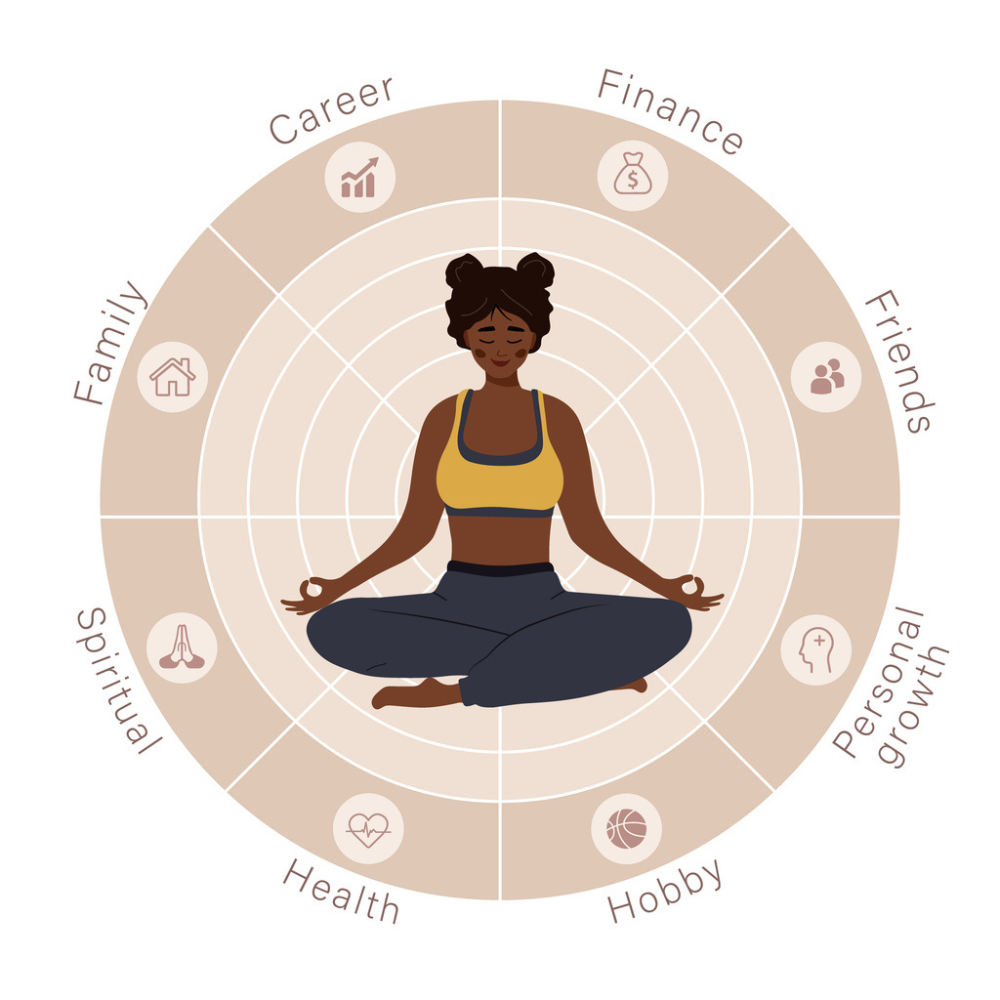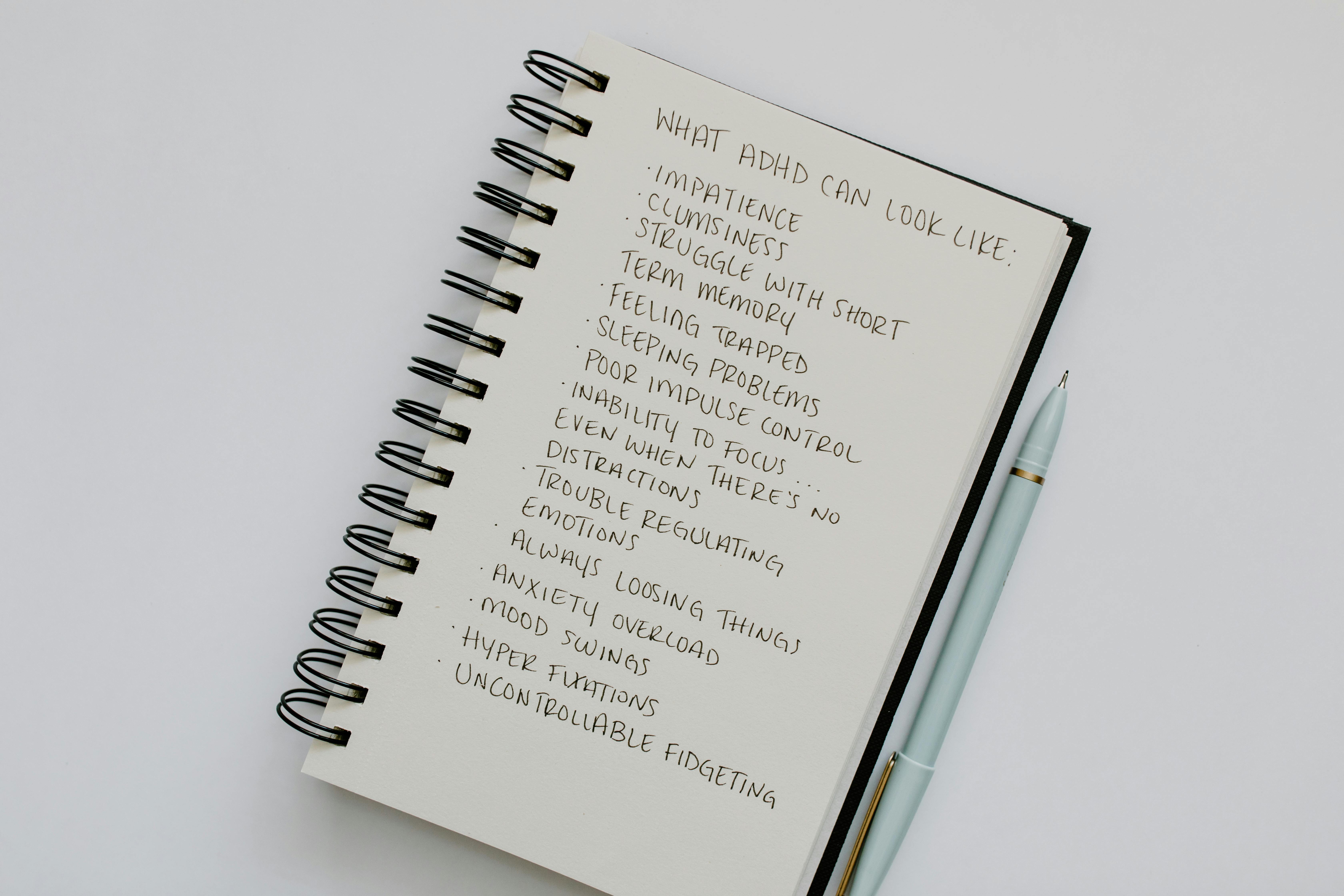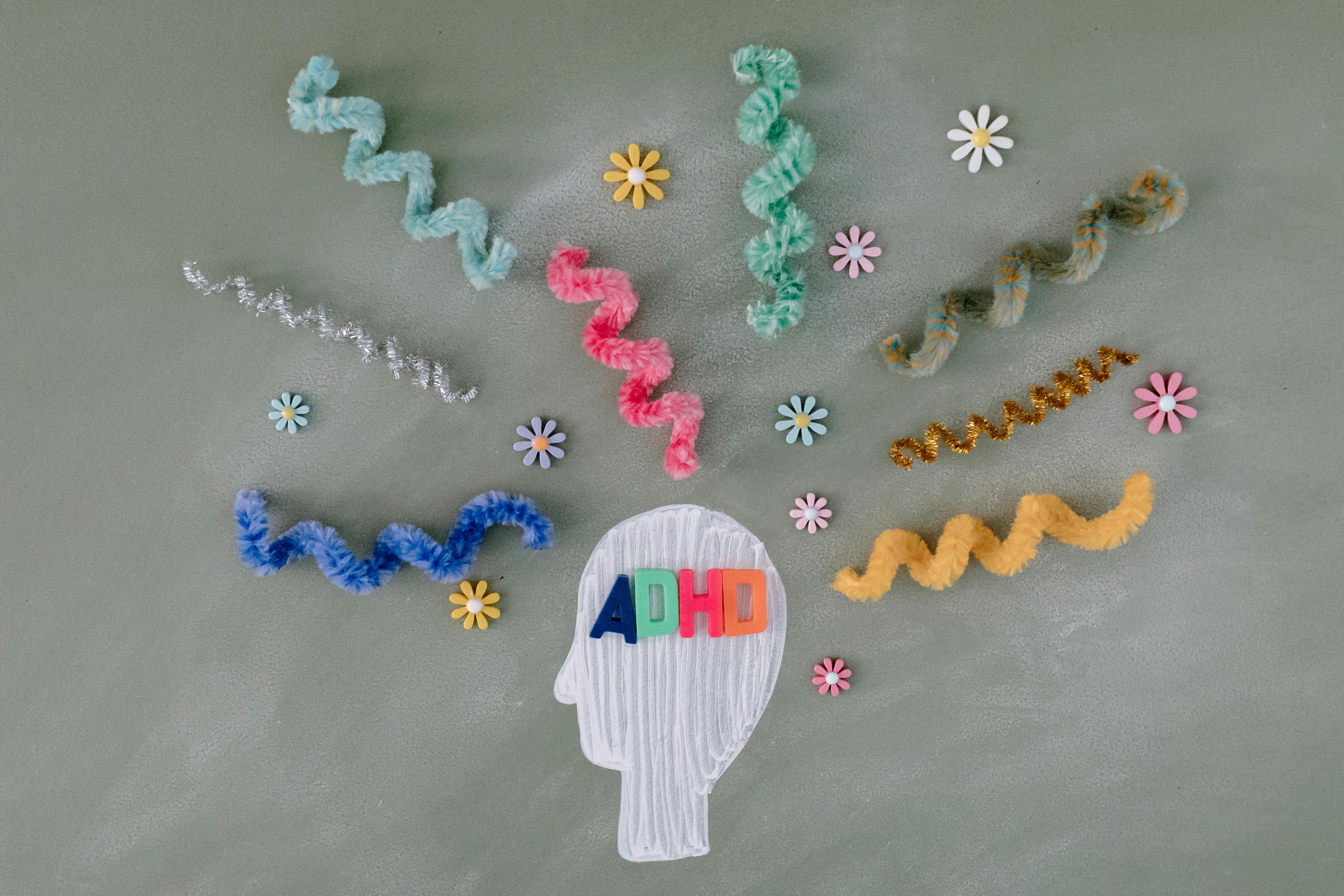Mental Mondays: Why A Steady Routine Is The Efficient ADHD Manager You Should Employ

A creative writer with a voracious appetite for fashion, beauty,…
Creating a routine is crucial for adults with ADHD, as it offers a structured framework that helps manage the symptoms of inattention, impulsivity, and hyperactivity. Establishing a consistent daily schedule can transform chaotic days into manageable ones, providing a sense of stability and predictability. By setting regular times for tasks, responsibilities, and self-care, individuals with ADHD can reduce the overwhelm that often accompanies disorganization and improve their overall quality of life. This approach not only enhances productivity but also fosters a greater sense of control and well-being.
Attention-Deficit/Hyperactivity Disorder (ADHD) is a neurodevelopmental condition characterized by persistent patterns of inattention, hyperactivity, and impulsivity that can significantly impact daily functioning. For adults, these symptoms often manifest as difficulties with organization, time management, and maintaining focus, leading to challenges in both personal and professional spheres. Creating a routine when dealing with ADHD serves as a practical strategy to mitigate these challenges, as it introduces a predictable structure to the day.
By breaking tasks into smaller, manageable steps and setting clear, regular times for activities, adults with ADHD can better navigate their responsibilities and reduce the cognitive load that contributes to their struggles. This structured approach helps in aligning daily activities with their goals, ultimately enhancing their ability to stay on track and manage symptoms more effectively.
Check out the signs that you may be dealing with ADHD…

#1. Difficulty with focus
You often find it hard to stay focused on tasks or activities, especially if they are repetitive or boring. You may notice that your workspace, home, or schedule is often cluttered or disorganized. Forgetting daily tasks, appointments, or responsibilities has become a norm. You tend to put off tasks, especially those that require sustained mental effort. You start many projects or tasks but often don’t finish them.
#2. Hyperactivity
You must keep moving constantly, even if it feels out of place. Also, you might talk a lot, sometimes interrupting others or speaking out of turn. Sitting still for long periods, like in meetings or lectures, can be challenging. Simply put, you’re overly restless.
#3. Impulsive responses
You make quick decisions without fully considering the consequences. This often leads to regret down the line, leaving you wondering: “What was I thinking?” This can also include cutting people short mid-conversation. Many could perceive this as rude, but it’s an impulsive response or a bid to throw in the word before you forget. You may have difficulty regulating your emotions, leading to frequent mood swings or irritability.
#4. Time management lapses
Living with ADHD is not a walk in the park. You often underestimate how long tasks may take, leading to frequent lateness and stress from piled-up deliverables. It’s often hard to prioritize tasks, resulting in feeling overwhelmed or missing deadlines.
#5. Affects daily life
The above signs may seem normal even for those without ADHD, but once it starts affecting your day-to-day life, it’s time to treat it as serious. If you notice a problem with job performance or academic achievement, despite having the ability to succeed, something may not be sitting right. For one, impulsivity and inattention may cause misunderstandings or conflicts in personal relationships. It may rub off on your partner as being taken for granted. This situation could also lead you to feel frustrated with yourself or experience low self-esteem due to difficulties managing tasks.
Here are some other common signs:
- People with ADHD often experience anxiety or depression due to the challenges they face in daily life.
- Difficulty falling asleep or staying asleep is also common among those with ADHD.
- Insomnia can lead to disorganization and confusion.
Here’s why creating a routine for ADHD persons is crucial…

#1. It helps the individual calm down
A routine brings predictability to your day, which can reduce the anxiety and overwhelm that often come with ADHD. Knowing what to expect can make daily life feel more manageable. ADHD can make it difficult to manage time and prioritize tasks, leading to feelings of chaos. A structured routine provides a framework that helps organize your day, making it easier to focus and stay on track.
#2. Time management success
Routines help establish consistent patterns of behavior, which can improve your ability to manage time effectively. For example, consistently starting work at the same time each day can help build momentum and reduce procrastination. People with ADHD often struggle with time blindness, where they lose track of time or have difficulty estimating how long tasks will take. A routine helps anchor you to specific time slots, making it easier to allocate time appropriately.
Routines also help establish habits, which are essential for achieving long-term goals. Consistent daily actions, like exercising or working on a project, build up over time and lead to meaningful progress. By embedding tasks into your routine, you reduce the likelihood of putting things off, making it easier to work toward your long-term goals.
#3. Fosters productivity
ADHD can make decision-making exhausting. A routine reduces the number of decisions you have to make each day by establishing a set pattern of behavior, allowing you to reserve mental energy for more important tasks. Consistently following a routine helps build positive habits, which can lead to increased productivity over time. Completing one task after another creates a sense of accomplishment that motivates you to keep going.
Additionally, a routine helps limit distractions by keeping you focused on specific tasks at designated times. When you know what you’re supposed to be doing, it’s easier to stay on task. Creating routines for ADHD can make it easier to complete tasks, especially if they are boring or require sustained mental effort. This helps break tasks into manageable steps and provides a clear path to completion.
#4. Mood stabilizer
ADHD can contribute to mood swings and emotional dysregulation. A routine provides a stabilizing influence, helping to regulate emotions by reducing stress and creating a sense of control. Following a schedule can help curb impulsive behaviors by providing a clear set of actions to undertake, reducing the likelihood of acting on impulse.
#5. Better sleep pattern
ADHD is often associated with sleep difficulties. A regular sleep routine, where you go to bed and wake up at the same time every day, can improve sleep quality and overall well-being. Improved sleep leads to better cognitive functioning, making it easier to manage ADHD symptoms during the day.
#6. Sound relational skills
Creating a routine for ADHD makes it easier to meet commitments, whether they’re related to work, family, or friends. This dependability can strengthen relationships by showing others that you’re reliable. Sticking to a schedule can also minimize forgetfulness and impulsivity, which are common sources of conflict in relationships. Successfully following a routine and completing tasks can boost your self-esteem. It provides a sense of accomplishment and control over your life, counteracting the negative self-perceptions that often accompany ADHD. As you see yourself consistently achieving your daily goals, your confidence in your ability to manage ADHD and navigate daily life improves.
Creating a routine for ADHD gives you a stable baseline from which you can adapt to changes or unexpected events. When you have a solid schedule, it’s easier to handle disruptions without feeling completely thrown off course. By creating a routine, individuals with ADHD can better manage their symptoms, improve their quality of life, and achieve their personal and professional goals.
Check out tips for creating an ADHD routine for adults that works…

Although challenging, establishing a structured daily routine is key to managing symptoms and increasing productivity.
- Keep it simple: Start by establishing a few simple tasks that you can complete every day, like waking up at the same time, making your bed, or eating breakfast.
- Go little by little: Break larger tasks into smaller, manageable steps. For example, instead of “clean the house,” you might start with “tidy up the living room for 10 minutes.”
- Work with pictures: Set alarms or use a visual timer to help you stay on track with tasks. This can be particularly helpful for time management.
- Try color-coded calendars: Use a color-coded calendar or planner to visually organize your day. Assign different colors to different activities (e.g., work tasks, exercise, relaxation).
- Use daily to-dos: Write down a list of tasks you want to accomplish each day, prioritizing the most important ones.
- Block time slots: Schedule specific times for tasks and activities. For instance, block out time for work, exercise, and leisure to ensure each part of your life gets attention.
- Take a break: Incorporate short breaks between tasks to avoid burnout. This can also help you reset and refocus.
- Make projections for future lapses: Leave some wiggle room in your schedule for unexpected tasks or changes. This flexibility can reduce stress when things don’t go as planned.
- Leverage task management apps: Apps like Todoist, Trello, or Asana can help you keep track of tasks and set reminders.
- Use digital calendars: Sync your digital calendar with your phone or computer, and set alerts for important events or deadlines.
- Consider habit-tracking tools: Use habit-tracking apps, like Habitica or Streaks, to monitor your progress and stay motivated.
- Maximize your morning: Develop a consistent morning routine that includes activities like stretching, showering, and having breakfast. This sets a positive tone for the day.
- Prepare for work: Create a start and end time for your workday, including regular breaks. A structured work routine can improve focus and productivity.
- Don’t ignore your evening routine: Wind down with a consistent evening routine, such as reading, meditating, or preparing for the next day. This can improve sleep quality.
- Declutter regularly: Keep your living and work spaces organized. A clutter-free environment can reduce distractions and make it easier to stick to routines.
- Create designated spaces: Designate specific areas for different activities (e.g., a workspace, relaxation area). This helps your brain associate specific activities with specific locations.
- Be kind: Accept that some days will be better than others, and that’s okay. Celebrate small victories and progress.
- Adjust as needed: Regularly review and adjust your routine to ensure it still meets your needs and goals.
- Be accountable: Partner with someone who can help you stay accountable to your routine, whether it’s a friend, family member, or coach. Online or in-person ADHD support groups can provide encouragement, tips, and accountability from others who understand your challenges.
- Pay yourself: Give yourself small rewards for sticking to your routine or completing tasks. This can help reinforce positive behavior.
Finally, focus on being consistent rather than perfect. It’s normal for routines to take time to develop and become second nature. By creating routines for ADHD, it fits into your specific needs and you can create a structure that helps you manage symptoms more effectively.
Featured image: Svetlana Larshina/iStock
Medical Disclaimer
All content found on the StyleRave.com website, including text, images, audio, video, and other formats is created for informational purposes only. The content is not intended to be a substitute for professional medical advice, diagnosis, or treatment. If you think you may have a medical emergency, please call your doctor, go to the nearest hospital, or call 911 immediately depending on your condition.
For the latest in fashion, lifestyle, and culture, follow us on Instagram @StyleRave_
—Read also
A creative writer with a voracious appetite for fashion, beauty, lifestyle and culture. As one who's passionate about the advancement of the woman, creating content that inspire smart style and living, and positive lifestyle changes is a calling I take seriously. At Style Rave, we aim to inspire our readers by providing engaging content to not just entertain but to inform and empower you as you ASPIRE to become more stylish, live smarter and be healthier. Follow us on Instagram @StyleRave_ ♥



